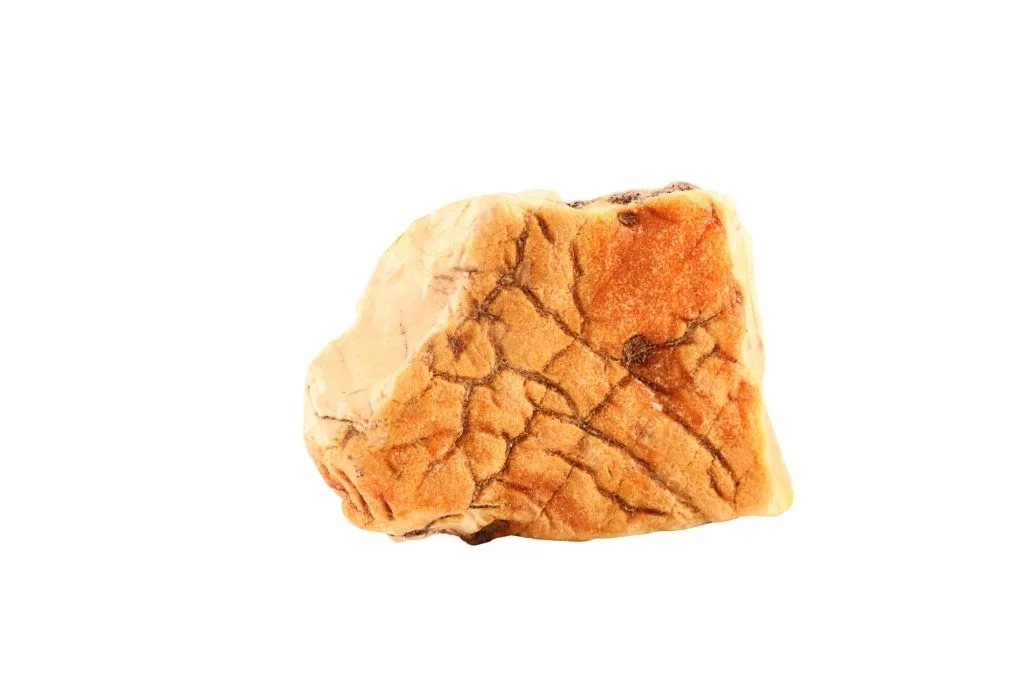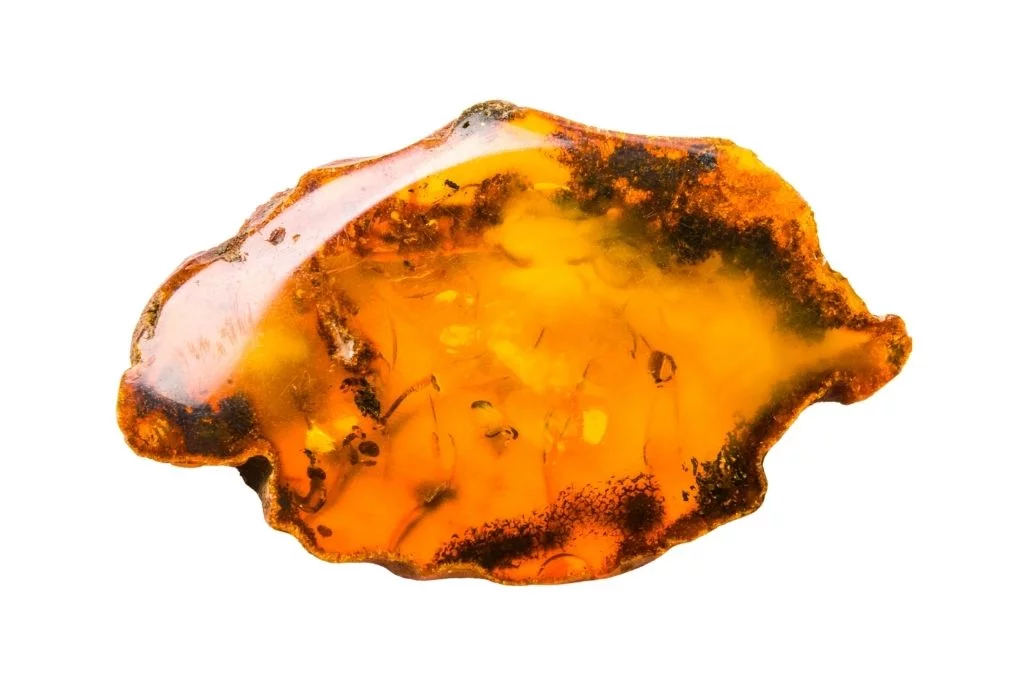Color and Appearance of Amber
Amber is renowned for its warm, golden hues that range from pale yellow to deep orange and even reddish-brown. This fossilized tree resin captivates with its translucent to transparent appearance, allowing light to pass through and create a mesmerizing glow. The color variations in amber are influenced by the type of tree that produced the resin and the environmental conditions during its formation.
Structure and Composition
Unlike most gemstones, amber is organic in origin and lacks a crystalline structure. Instead, it has an amorphous composition, resulting in a smooth, often rounded surface. This unique structure contributes to amber’s relatively soft nature, with a hardness of only 2-2.5 on the Mohs scale. Despite its softness, amber is surprisingly durable and can last for millions of years.
Notable Physical Characteristics
One of the most fascinating aspects of amber is its ability to preserve ancient life forms. Insects, plant matter, and even small animals can be found trapped within amber, providing valuable insights into prehistoric ecosystems. These inclusions often enhance the value and appeal of amber specimens. Additionally, amber exhibits triboelectric properties, meaning it can generate a static electric charge when rubbed, which adds to its mystique.
Unique Features
Amber’s most distinctive feature is its ability to float in saltwater, a characteristic that sets it apart from other gemstones. This property is due to its low specific gravity. Furthermore, amber often contains bubbles, which can create interesting visual effects and patterns within the stone. Some specimens also display a phenomenon known as “chatoyancy” or “cat’s eye effect,” where a band of light appears to move across the surface as the stone is rotated.
Historical and Cultural Significance of Amber
Amber, a fossilized tree resin, has captivated humanity for millennia. Ancient civilizations prized amber for its beauty and believed it possessed magical properties. The Greeks called it “electron,” giving rise to the word “electricity” due to its ability to create static charge when rubbed. In the Baltic region, amber has been revered as the “gold of the sea” for centuries, playing a crucial role in trade and cultural identity.
Metaphysical Associations
In metaphysical circles, amber is often associated with healing and purification. It is believed to absorb negative energy and transmute it into positive vibrations. Many practitioners claim that amber can help alleviate stress, boost the immune system, and promote emotional balance. Some also attribute to amber the power to enhance memory, intellect, and creativity.
Common Uses and Applications
Traditionally, amber has been used in jewelry making, with Baltic amber necklaces being particularly popular for teething babies. It is believed that when worn against the skin, amber releases healing oils that can reduce inflammation and pain. In modern times, amber is still widely used in jewelry but has also found applications in alternative medicine and aromatherapy. Amber essential oil is used in massage therapy and diffusers for its alleged calming and grounding effects.
Benefits and Healing Properties
Proponents of amber therapy claim numerous benefits, including pain relief, improved thyroid function, and enhanced overall well-being. While scientific evidence is limited, many people report positive effects from using amber. In Baltic countries, amber saunas are popular, where heated amber is said to release beneficial compounds that can improve skin health and boost the immune system. Additionally, amber is sometimes used in natural medicine as a tincture or powder to address various ailments.


